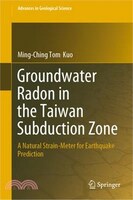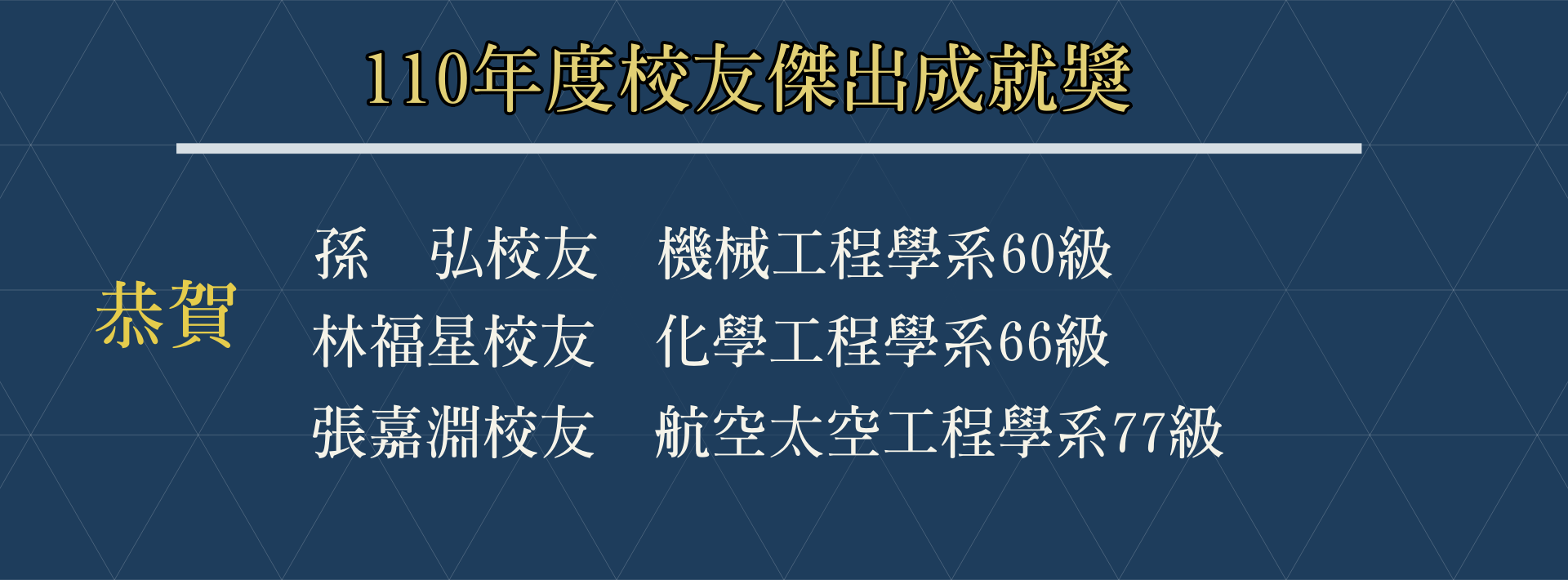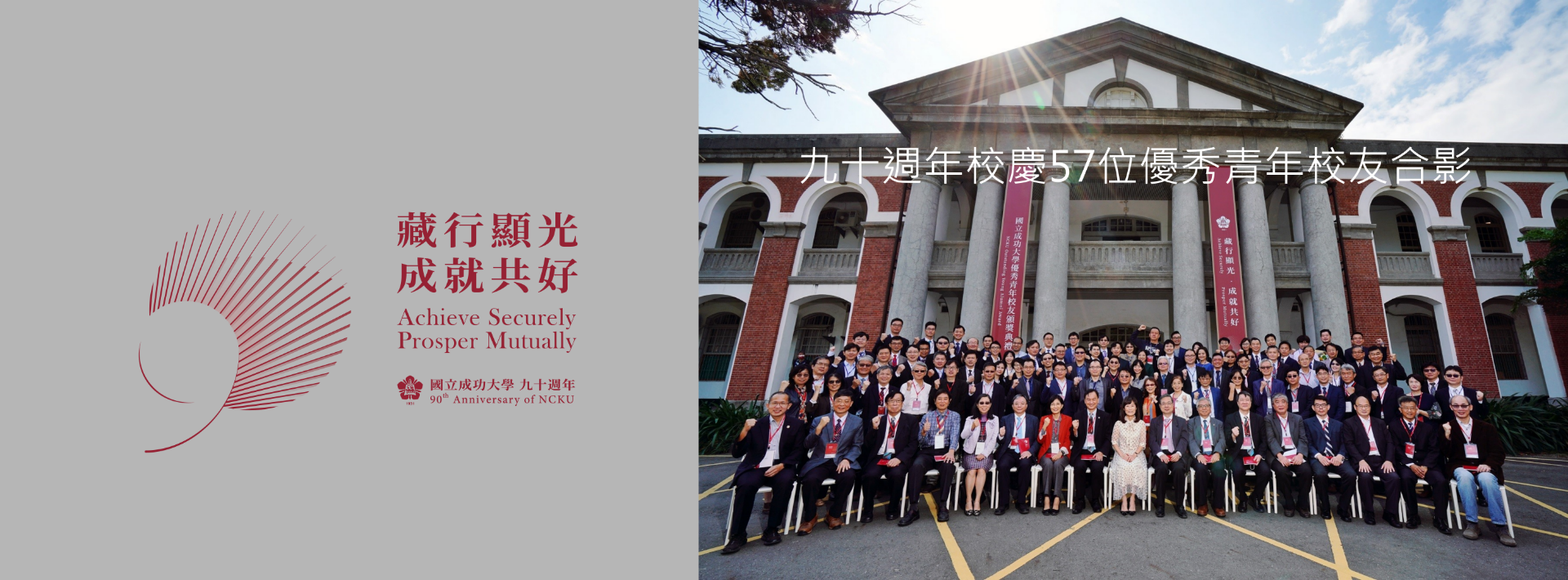Groundwater Radon in the Taiwan Subduction Zone A Natural Strain-Meter for Earthquake Prediction

Groundwater Radon in the Taiwan Subduction Zone A Natural Strain-Meter for Earthquake Prediction
Kuo, Ming-Ching
Department of Resources Engineering
Springer
2023
ISBN 978-981-99-5349-3
Abstract
This book presents the mechanism of in-situ radon volatilization and outlines the geological requisites to site a radon monitoring well for earthquake warning. A small fractured aquifer under undrained conditions such as Antung hot spring is an effective natural strain meter for earthquake prediction. It shows significant merit on a local basis, and most importantly, the analysis can also be applied globally in subduction zones with similar tectonic settings and physical–chemical relationships.
Between 2003 and 2010, anomalous declines in groundwater radon concentration were recurrently recorded at Antung, Taiwan precursory to local main earthquakes. The correlations between radon decline and earthquake magnitude are useful for early warning of local major earthquakes.
The book consists of 7 chapters. Chapter 1 presents background information and the objectives of the book. Chapter 2 illustrates the methods of monitoring groundwater radon and a brief review of earthquake prediction research using groundwater radon. Chapter 3 provides the details of anomalous decrease in groundwater radon before the Taiwan Chengkung Earthquake of 2003. Chapter 4 provides the description of the mechanism of groundwater-radon volatilization. Chapter 5 shows the recurrent anomalous declines in groundwater radon concentration consistently recorded at Antung, Taiwan, prior to local main earthquakes that occurred between 2003 and 2010. Monitoring groundwater radon in small, unconfined fractured aquifers is explained in Chapter 6, followed by an analysis of correlating precursory declines in groundwater radon, precursory time with earthquake magnitudes for small, confined fractured aquifers in Chapter 7.
摘要
本書介紹地下水氡現地揮發至含水層氣泡的物理化學機制及其在台灣隱沒帶地震預警的應用。並列出合適地下水氡監測井選址的地質條件。小的破碎介質含水層,類似安通溫泉,雖不具水資源的潛力,在不排水狀態下,卻能捕捉震前地下水氡異常下降的前兆,是地震預警有效的天然應變計。本書記錄在台灣隱沒帶觀測地下水氡地震前兆,長年累積的經驗及數據。更重要的,在台灣隱沒帶獲得的經驗,或許能應用在全球其他區域,具類似地質物理化學條件的隱沒帶。
2003至2010年間,多次在安通溫泉記錄到地下水氡濃度異常下降的地震前兆。並找出地下水氡下降和地震規模的關係,對早期預警區域性的地震很有效果。
全書共分7章。第1章介紹背景及目標。第2章介紹監測地下水氡的方法並回顧應用地下水氡預測地震的研究。第3章介紹2003成功地震安通溫泉地水氡異常下降的前兆。第4章提出地下水氡揮發的機制。第5章討論2003至2010年間,多次在安通溫泉記錄到地下水氡的地震前兆。第6章介紹地下水氡在小的破碎介質自由含水層的應用。第7章應用在小的破碎介質受壓含水層;分析地下水氡異常下降,前兆時間和地震規模的關係。




















